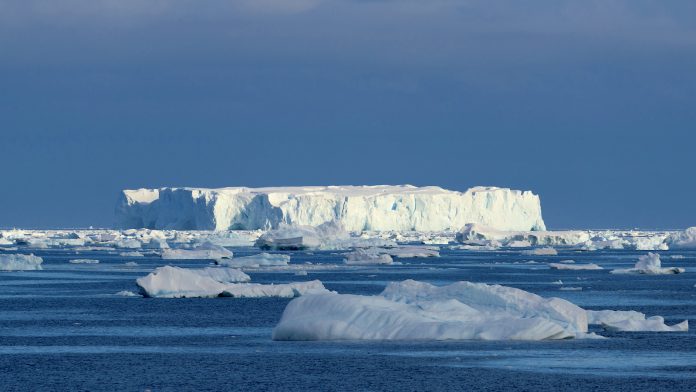The vital Atlantic Ocean current system that influences weather around the world may collapse as early as the late 2030s, leading to catastrophic effects on climate and nature, according to CNN.
The scientists have previously indicated in their studies the Atlantic Meridional Overturning Circulation (AMOC) is likely on its way to collapse due to rising ocean temperatures and salinity disruption caused by anthropogenic climate change. However, according to a new study, scientists have made more accurate claims that show the collapse of the AMOC could happen within 2037 and 2064. The highest probability, though, leans towards 2050.
René van Westen, a marine and atmospheric researcher at Utrecht University in the Netherlands and co-author of the study, underlined: “All the negative side effects of anthropogenic climate change, they will still continue to go on, like more heat waves, more droughts, more flooding. Then if you also have on top of that an AMOC collapse … the climate will become even more distorted.”
AMOC pulls warm surface water from the southern hemisphere and the tropics and distributes it into the cold North Atlantic, then the colder, saltier water sinks and flows south while the mechanism keeps parts of the Southern Hemisphere from overheating and parts of the Northern Hemisphere from becoming unbearably cold. The consequences of an AMOC collapse would change parts of the world.
According to the study, within decades of the collapse, Arctic sea ice will begin to slide southwards and in 100 years will spread as far south as the south coast of England: temperatures in Europe and North America will drop, while the Amazon rainforest will experience a complete change of seasons.
Stefan Rahmstorf, an ocean physicist at the University of Potsdam in Germany who did not take part in the latest research, said that about five years ago he would have agreed that an AMOC collapse in this century was unlikely, although even a 10 per cent risk is still unacceptably high, but now the attitude is quite different.
“Until a few years ago, we were discussing whether it would happen at all, as a kind of low-probability, high-impact risk. And now it looks a lot more likely than just a few years ago that this will happen. Now people are starting to close in on when it will happen. (…) My overall assessment is now that the risk of us passing the tipping point in this century is probably even greater than 50 per cent.”
The Utrecht scientists used state-of-the-art models to make the predictions and, for the first time, identified a region of the South Atlantic Ocean as the best place to monitor changes in circulation and use observational data. They studied ocean temperature and salinity there to confirm previous predictions about when the AMOC might reach its tipping point. Although AMOC research is advancing rapidly and models are evolving at lightning speed, they are still not without problems. For example, the models do not account for one of the most critical factors in the demise of AMOC – the melting of Greenland ice, as huge volumes of freshwater flake off the ice sheet and flow into the North Atlantic, disrupting one of the driving forces of circulation: salt.
Thus, these shortcomings and gaps in research mean that projections may underestimate how soon or quickly the collapse will occur, according to Rahmstorf.
